If you’re a gardener in USDA Zone 4, you know that May is an essential month for planting. As the last frost date approaches, the warmth gradually returns, creating ideal conditions for sowing a variety of vegetables, flowers, and more.
Zone 4 typically experiences cool summers, so it’s important to choose plants that can thrive within this context. In this guide, we’ll explore what to plant in May, providing comprehensive details on each option—including their temperature tolerances, planting preferences, and care instructions.
Vegetables To Plant
May is the perfect time to plant a diverse array of vegetables in Zone 4. Here are ten excellent choices:
Tomatoes
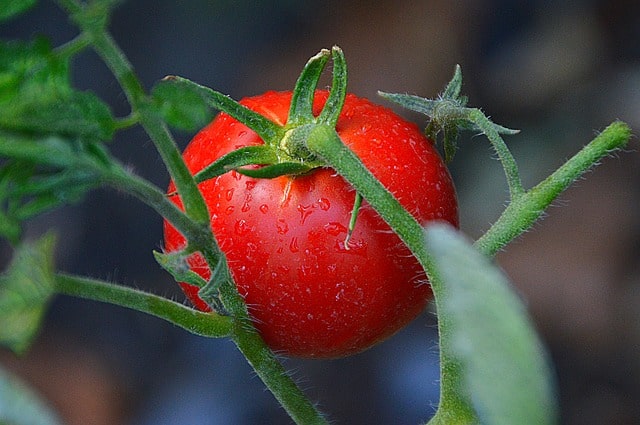
Tomatoes are a summer staple that thrives in warm temperatures, typically preferring daytime highs of 70-85°F. In Zone 4, start seeds indoors 6-8 weeks before the last frost (usually around mid-April) for an early start. Once the danger of frost has passed, which is typically in late May, transplant them outdoors into well-draining soil mixed with organic matter to boost nutrients. Choose resistant varieties, keeping in mind that they need full sun and consistent moisture. Mulching around the plants will help retain soil moisture and regulate temperature, reducing the risk of blossom end rot.
Peppers

Peppers, both sweet and hot varieties, enjoy warmer weather and should be transplanted outdoors in late May after the soil temperature has reached at least 65°F. Plant them in a sunny location with rich, well-draining soil. Water regularly, particularly during dry spells, to help them establish. Peppers can also benefit from companion planting with tomatoes and basil, which may enhance their growth and flavor. Watch out for pests like aphids and spider mites, and consider using row covers to protect young plants from unexpected frosts.
Cucumbers
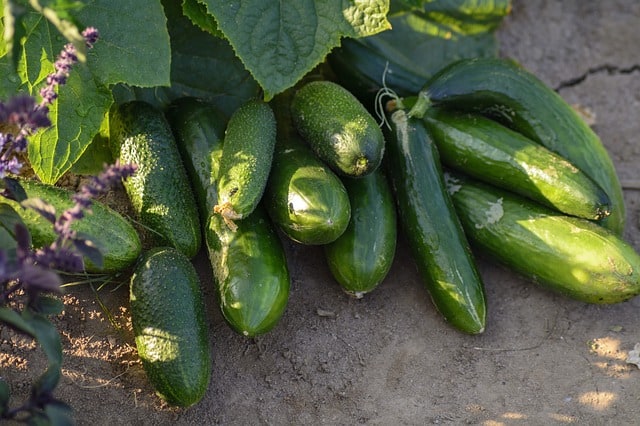
Cucumbers thrive in warm weather and should be sown directly into the ground in late May when the soil temperature reaches a minimum of 70°F. Space seeds or seedlings adequately to allow for their sprawling nature; bush varieties can be planted closer together. They prefer full sun and a watering regimen that keeps the soil consistently moist, especially during flowering and fruiting. Providing trellises for climbing varieties improves air circulation around the plants, reduces disease risk, and makes harvesting easier.
Lettuce
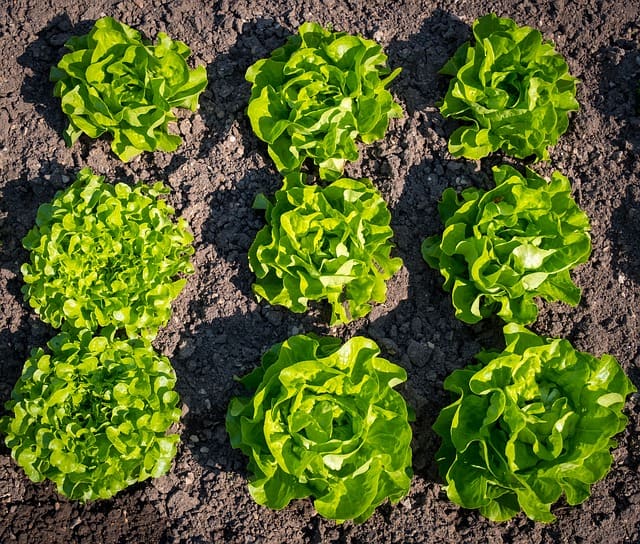
Lettuce is a cool-season crop that can be sown early in May, as it doesn’t tolerate hot weather well. It prefers well-draining, fertile soil and can flourish in full sun or partial shade, especially as temperatures begin to rise. Plant lettuce seeds in rows, spacing them to allow for growth. Continuous harvesting, also known as “cut and come again,” encourages more leaf production and can keep your lettuce supply abundant through the cooler parts of the season.
Radishes
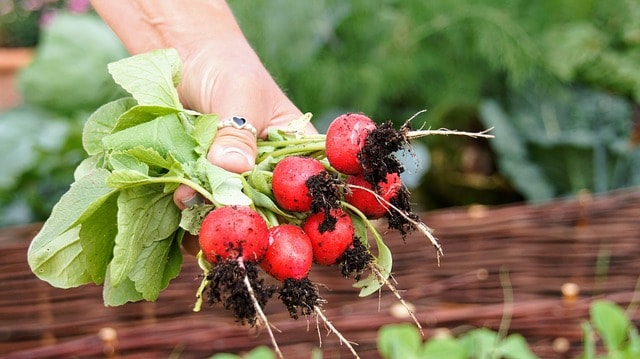
Radishes are one of the quickest-growing vegetables, often maturing in just three to four weeks. They can be sown directly into the garden in early May, as they prefer cooler weather but can still be harvested before the summer heat peaks. Radishes thrive in well-drained soil and benefit from regular watering to produce crisp roots. Consider interplanting them with slower-growing crops, like carrots or lettuce, as they mature quickly, allowing for more efficient use of garden space.
Beans
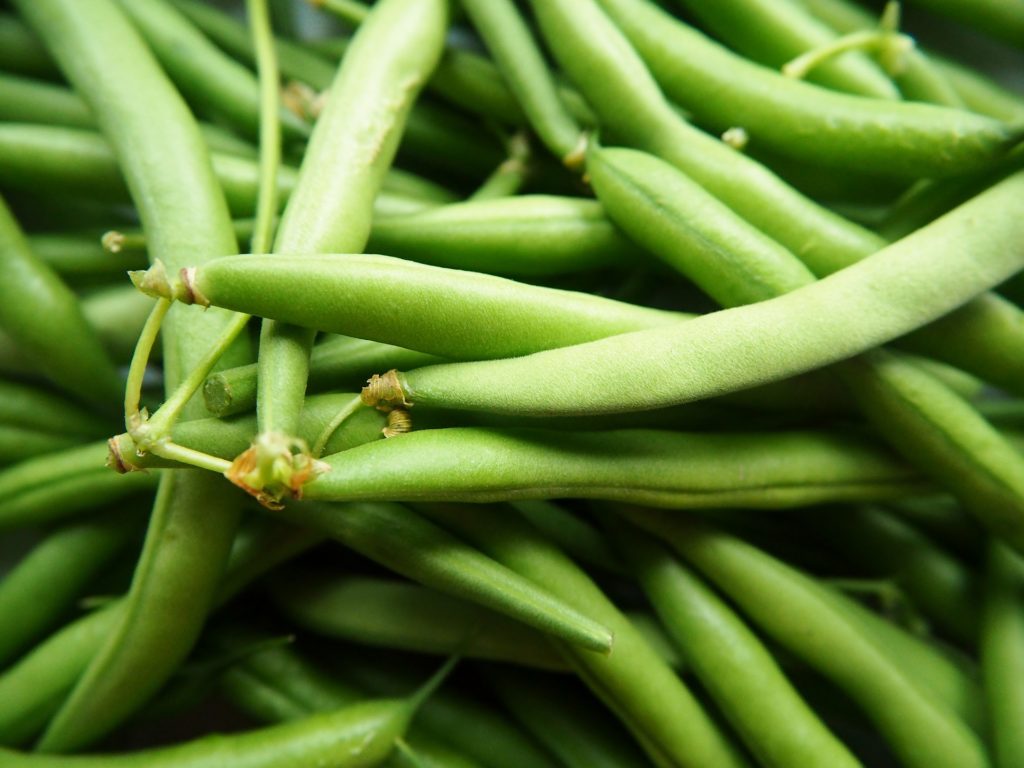
Both bush and pole beans can be sown in late May, making them suitable for Zone 4’s warmer soil. Beans prefer full sun and well-drained soil, so consider adding compost or organic matter to improve fertility. They help fix nitrogen in the soil, benefiting nearby plants. For pole beans, provide sturdy trellises for support. Regular watering is essential, especially during flowering, to ensure a good yield. Be vigilant for pests like bean beetles and take preventive measures immediately.
Carrots
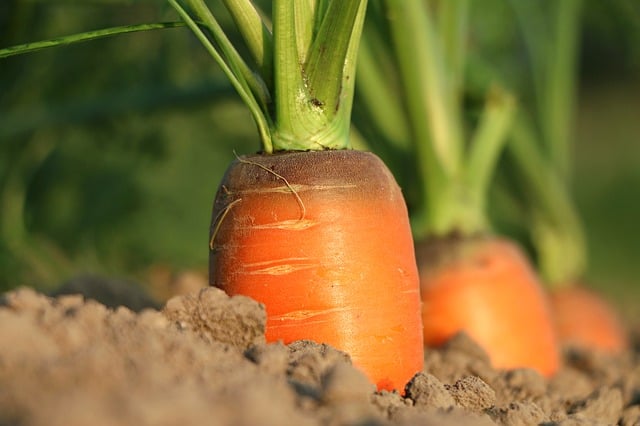
Sowing carrot seeds in early May allows for optimal growth, as they require cool soil to germinate effectively. Plant seeds in rows, ½ inch deep, and thin seedlings once they develop at least two true leaves to promote better root formation. Carrots prefer loose, sandy soil that drains well and doesn’t contain stones, which can impede growth. Consistent, even watering throughout the growing season ensures sweet, flavorful roots. You can select varieties suitable for summer growing or overwintering for a spring harvest.
Beets
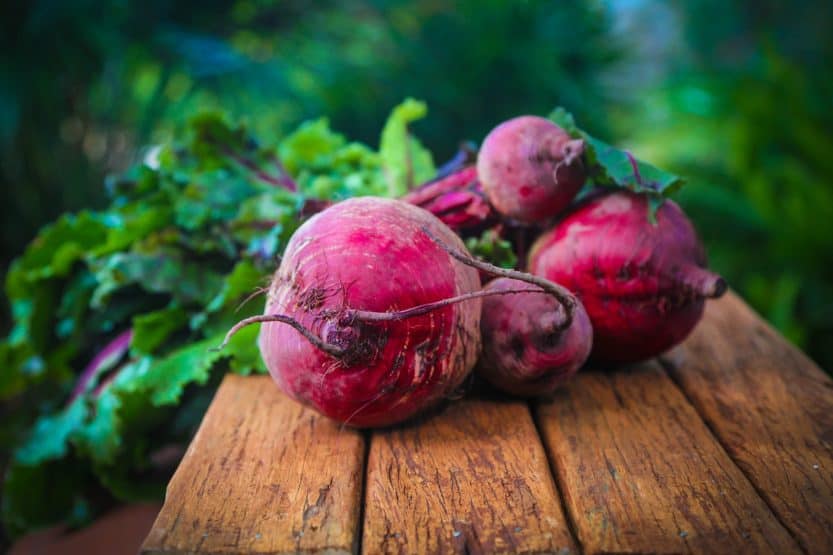
Beets are another hardy root vegetable that can be planted in early to mid-May. Like carrots, they prefer well-drained soil and thrive in full sun to partial shade. Allow for adequate spacing when sowing seeds to ensure healthy root development. Regular watering helps maintain soil moisture, and thinning seedlings will improve air circulation and reduce disease risk. Beets can be harvested young for sweeter baby beets or left longer in the ground for larger roots.
Zucchini
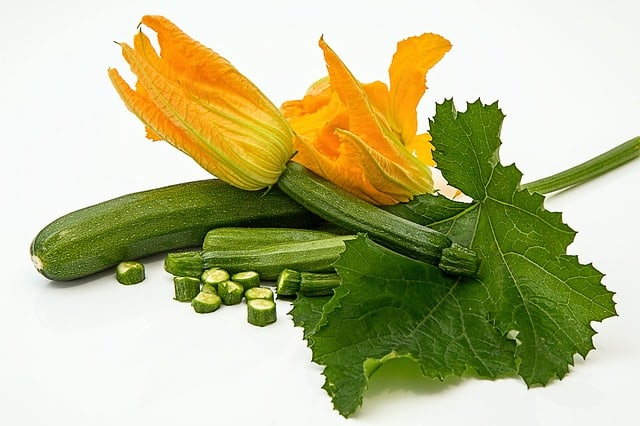
Zucchini needs warm weather and can be started outdoors in May after the last frost. These fast-growing plants benefit from full sun and fertile, well-drained soil. Space seedlings or seeds about 2 feet apart, as zucchini spread significantly. Regular watering is important, especially as fruits begin to form. Harvest zucchini frequently while fruits are still small for optimal flavor and tenderness. Consider companion planting with marigolds, which may deter pests.
Spinach
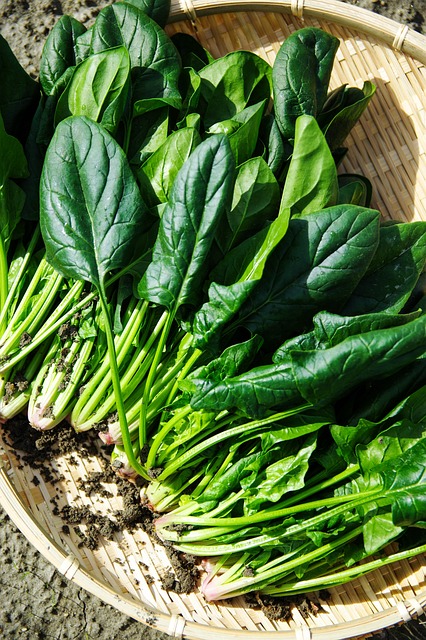
Plant spinach early in May for a nutritious harvest. This cool-weather crop grows best in fertile, well-draining soil and prefers partial shade, especially as the season progresses and temperatures rise. Regularly water to maintain consistent moisture, as spinach dislikes drought. Quick to bolt in warmer conditions, harvesting young leaves before flowering ensures the best flavor. You can plant successive crops for extended harvesting into early summer.
Flowers To Plant
May is an exciting time to fill your garden with vibrant colors, and you can include a variety of flowers that will bloom beautifully in Zone 4:
Snapdragons
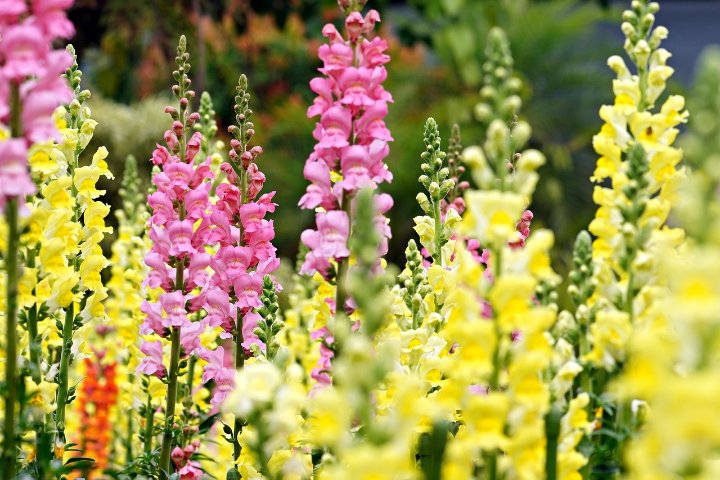
These charming blooms are a great choice for early May planting. Snapdragons can endure cooler temperatures, making them hardy spring flowers. They thrive in full sun but appreciate some shade in the hottest afternoons. By deadheading spent blooms, you can encourage continued flowering throughout the summer. Snapdragons also attract pollinators, enhancing your garden’s ecosystem.
Pansies
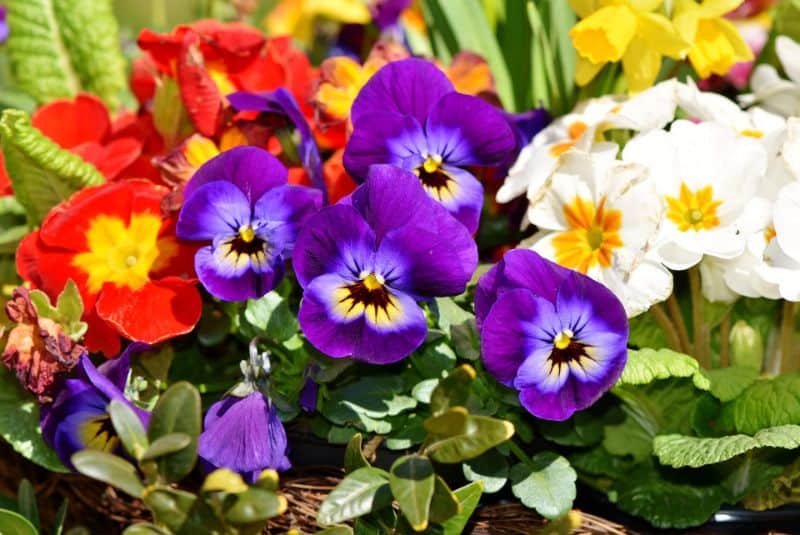
Pansies are well-suited for the cooler temperatures of early May and can withstand a light frost, making them a fantastic option for spring gardens. With their vibrant colors, pansies are ideal for borders and containers. They prefer well-draining soil rich in organic matter and benefit from consistent moisture. Regular deadheading keeps them blooming longer, and they can often flourish well into the fall months.
Marigolds
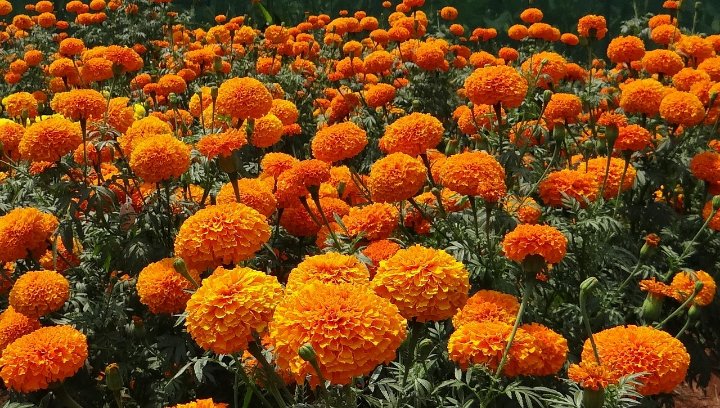
These resilient annuals thrive in sunny locations and are ideal to plant in late May. With their pest-repelling qualities, marigolds make excellent companions in vegetable gardens. They prefer well-drained soil and can thrive with moderate watering. By harvesting and deadheading regularly, marigolds will produce vibrant blooms from early summer into fall, enhancing your garden’s beauty.
Cosmos
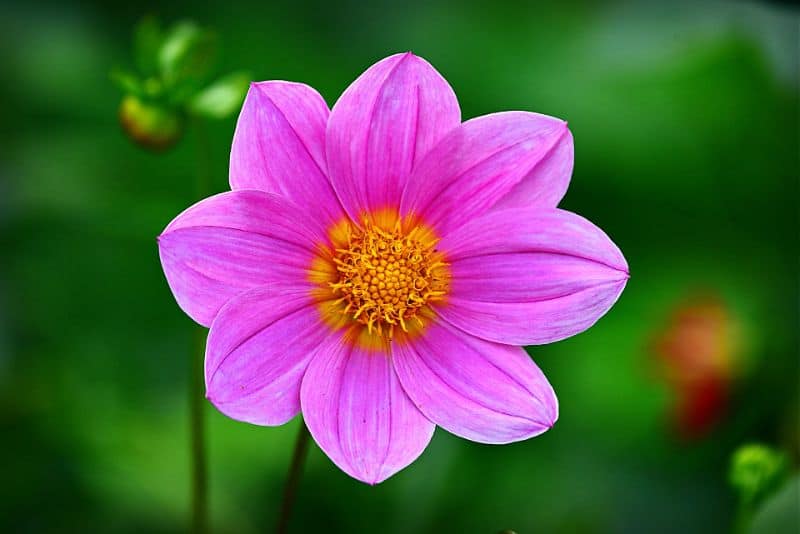
Cosmos flowers are excellent for direct sowing in late May when the soil warms. These easy-to-grow annuals prefer full sun and are tolerant of drought once established. Cosmos thrive in various soil types and attract beneficial insects, such as bees, to your garden. Frequent deadheading extends blooms throughout summer, and their delicate appearance adds movement to your flower beds.
Zinnias
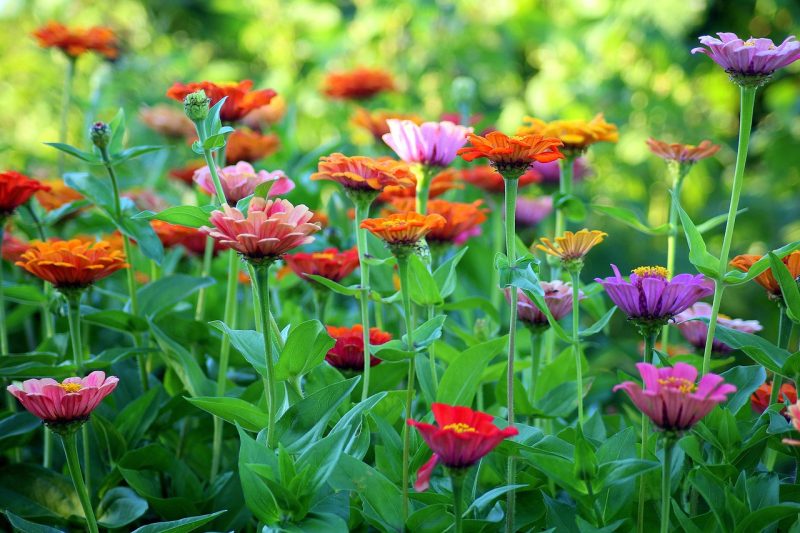
Zinnias love the warm weather of May and can be direct-sown into the garden. These hardy annuals are available in an array of colors and shapes and prefer full sun and well-drained soil. Regular pinching promotes bushier growth and increased blooming. Zinnias are also excellent for attracting butterflies and other pollinators, making them a lovely addition to cottage gardens.
Sweet Alyssum
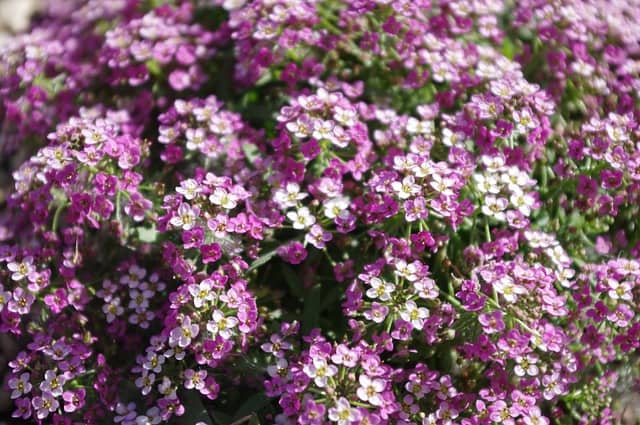
Sweet Alyssum’s delicate fragrance makes it a favorite among gardeners. Plant it in early to mid-May in sunny or partially shaded areas. This hardy annual prefers well-drained, sandy soil that remains consistently moist. It can be used as a ground cover or in hanging baskets. Regular trimming encourages fuller growth, and the blooms last well into late summer.
Dahlias
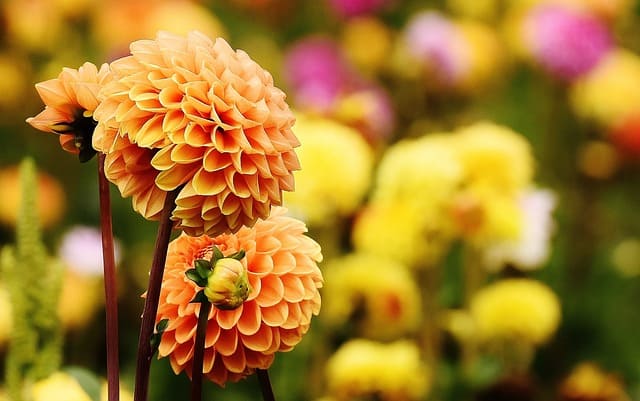
Dahlias prefer warm soil and should be planted after the last frost, which makes late May ideal for planting dahlia tubers. Select a sunny spot and provide rich, well-drained soil. Staking tall varieties can prevent wind damage and allow for proper growth. Regular watering and deadheading spent blooms will encourage new flower production throughout the summer and fall.
Geraniums
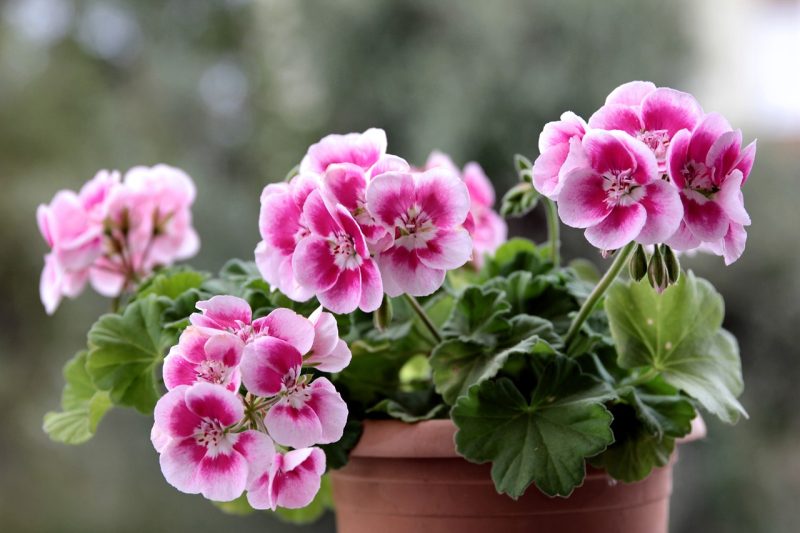
When planted in May, geraniums can establish themselves before the heat of summer. These hardy annuals prefer full sun and well-draining soil. Water regularly, ensuring the soil doesn’t become waterlogged. Geraniums should be deadheaded regularly to promote continuous blooming and can be used as border plants or in containers to enjoy their vibrant colors.
Sunflowers
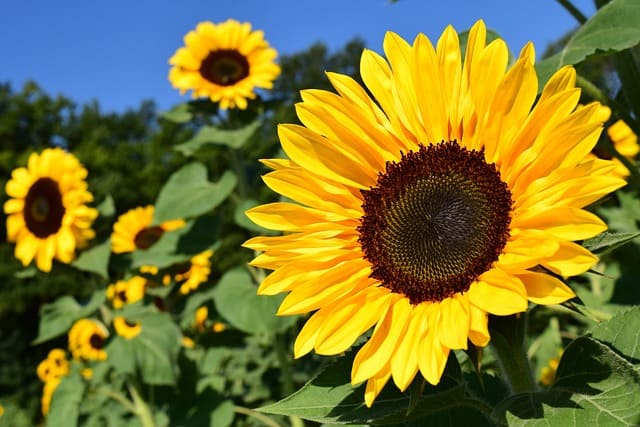
Plant sunflowers in mid to late May for a striking summer display. These cheerful flowers love full sunlight and grow best in well-drained soil with good fertility. Sunflowers should be spaced widely to allow for their large heads and substantial height. Support younger plants against strong wind, and consider interplanting with lower-growing varieties for an attractive contrast.
Larkspur
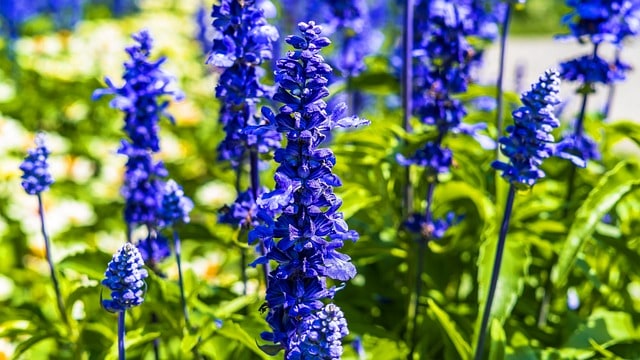
Larkspur germinates best in cool soil, which makes May a good time to plant. These sturdy plants thrive in full sun but can tolerate partial shade. They prefer well-drained soil enriched with organic matter. Be prepared to stake tall plants to provide necessary support, and enjoy their bright colors and the way they attract pollinators.
Perennial Flowers To Plant
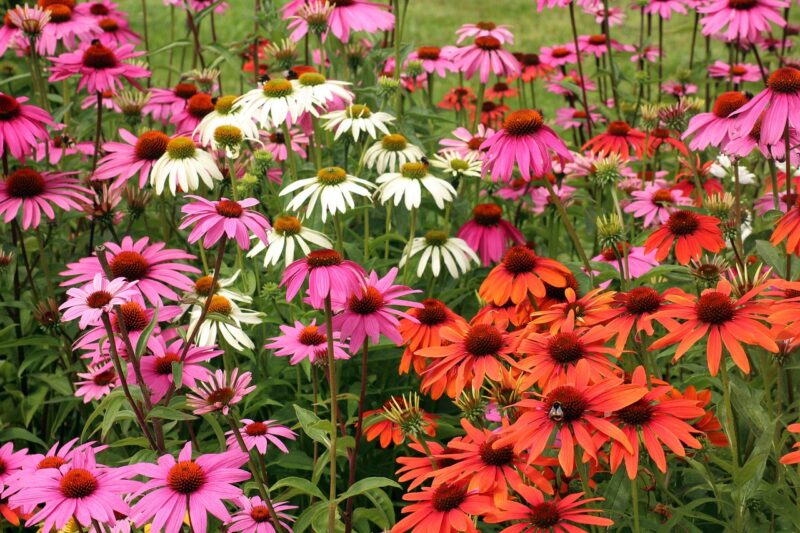
Several perennials can establish themselves in May, returning year after year to beautify your garden:
Daylilies
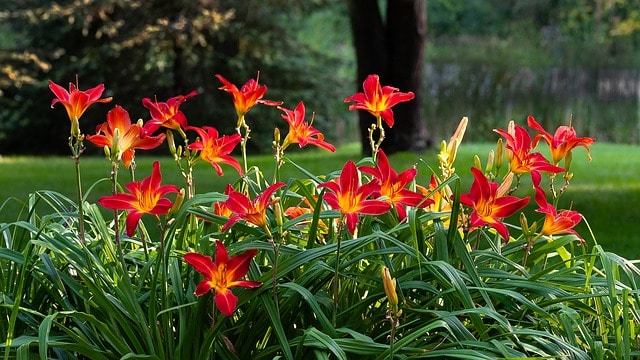
Daylilies are resilient and versatile perennials that thrive in various weather conditions. Plant them in well-draining soil, preferably in full sun, to encourage rich blooms. Regular watering will promote healthy growth, especially during dry spells. Once established, daylilies are low-maintenance and can provide blooms throughout the summer, coming in a spectrum of colors.
Peonies
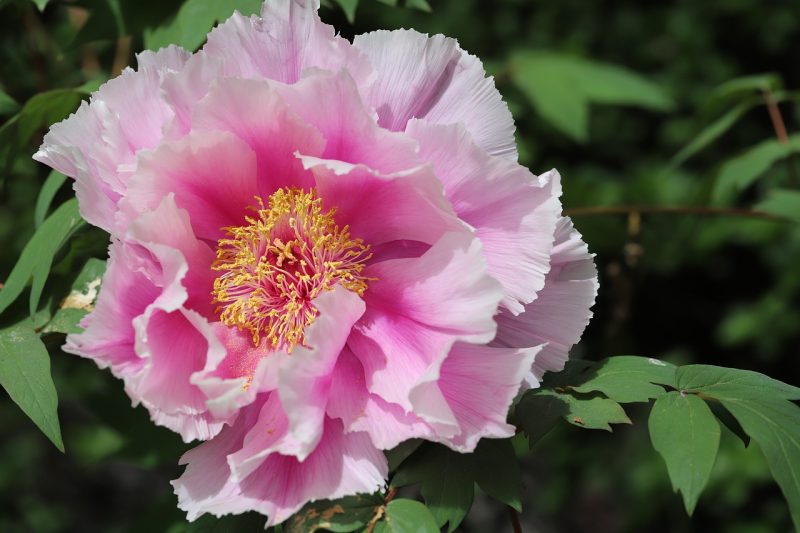
May is ideal for planting peonies, which thrive in full sun and prefer well-drained soil enriched with organic matter. Ensure the crown of the plant is positioned just below the soil surface for optimal growth. Once established, peonies require minimal maintenance and will reward you with stunning blooms in late spring and early summer. Avoid heavy pruning; simply cut back stems in late fall after the foliage has died.
Sedum
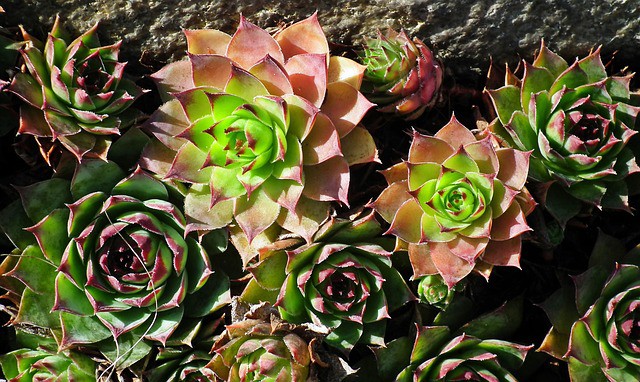
Sedum is a drought-resistant perennial that thrives in full sun with well-drained soil. Plant in late May to help them establish before the summer heat kicks in. Different varieties offer various heights and colors, adding unique textures to your garden. Sedum requires little care and can flourish in poor soil, making it ideal for rock gardens and sloped areas.
Echinacea (Coneflower)
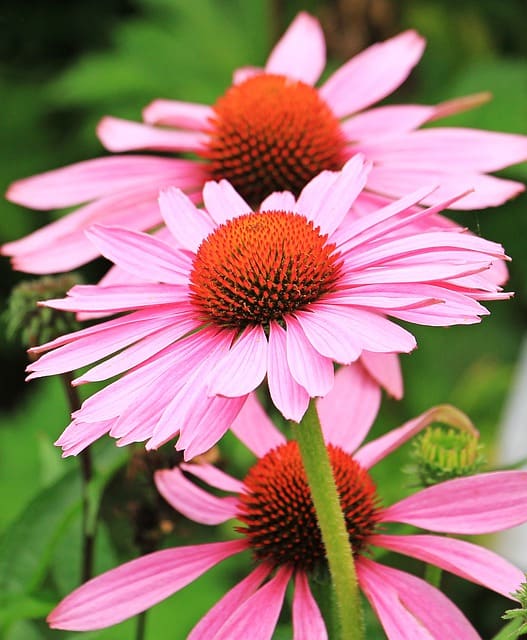
Echinacea is an excellent perennial for Zone 4, thriving in sunny locations with well-drained soil. Plant them in May for vibrant summer blooms that attract butterflies and bees. Regular watering is essential, particularly during their blooming period. Echinacea is heat and drought tolerant, making it a hardy choice for sustainable gardens.
Astilbe

Astilbe requires moist, well-drained soil and prefers partial shade, making it perfect for shadier areas in your garden. Plant them in May for stunning feathery blossoms that can brighten up shady corners. Regular watering is critical, particularly during dry periods, to ensure lush foliage and vibrant blooms.
Black-Eyed Susans
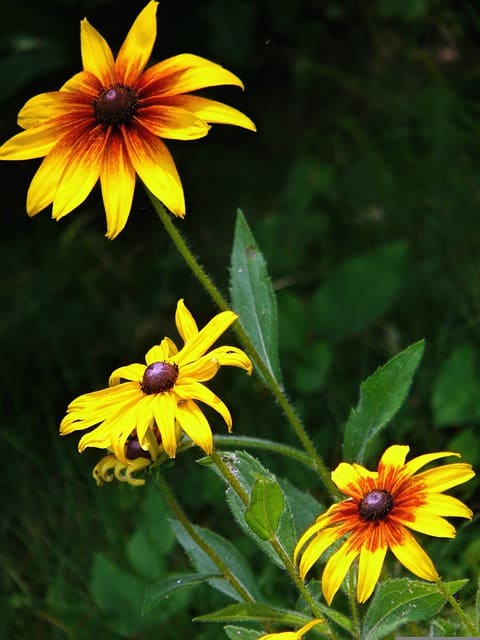
These native perennials thrive in full sun and can tolerate various soil types, making them versatile for many gardens. Plant black-eyed Susans in May to enjoy their cheerful yellow blooms from summer through fall. They are low-maintenance but benefit from occasional deadheading to encourage continued blooming and to prevent self-seeding.
Bee Balm
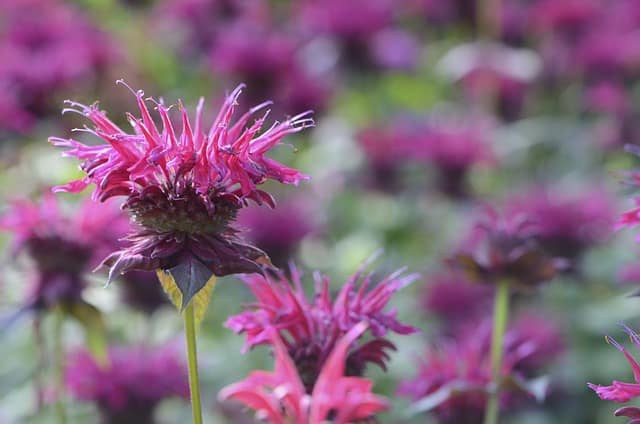
Bee balm—known for attracting pollinators—should be planted in sunny spots with well-drained soil during May. Regular watering will keep this perennial thriving. Known for its vibrant colors and aromatic leaves, bee balm blooms mid-summer and can also be used in herbal remedies. Keep an eye out for fungal diseases, as they can affect moisture-sensitive varieties.
Hostas
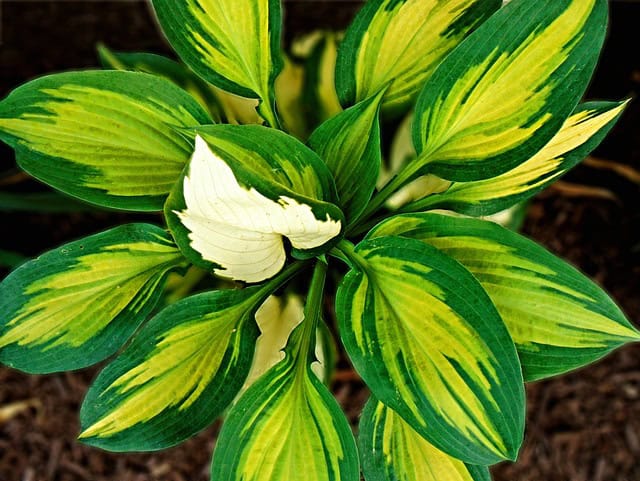
Plant hostas in May in shaded areas to enjoy lush foliage throughout the growing season. This adaptable perennial prefers moist, well-drained soil rich in organic matter. Their leaves can vary widely in color, providing visual interest to shady spaces. Regular watering is essential for optimal growth, and dividing crowded clumps every few years will help maintain their vigor.
Coreopsis
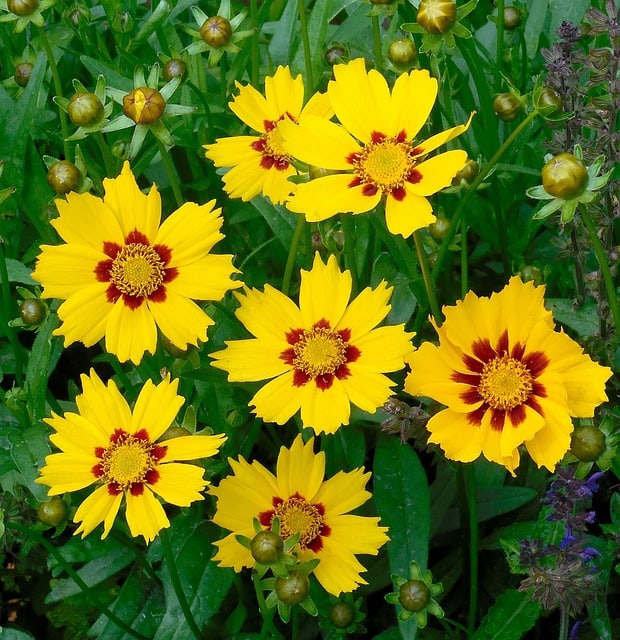
Coreopsis is a low-maintenance perennial that flourishes in full sun and is drought resistant once established. Plant in May to contribute cheerful yellow blooms to your garden throughout summer and into fall. Regular deadheading encourages blooming, and trimming back in early summer might promote bushier growth. Coreopsis is also excellent for attracting butterflies and other pollinators.
Delphinium
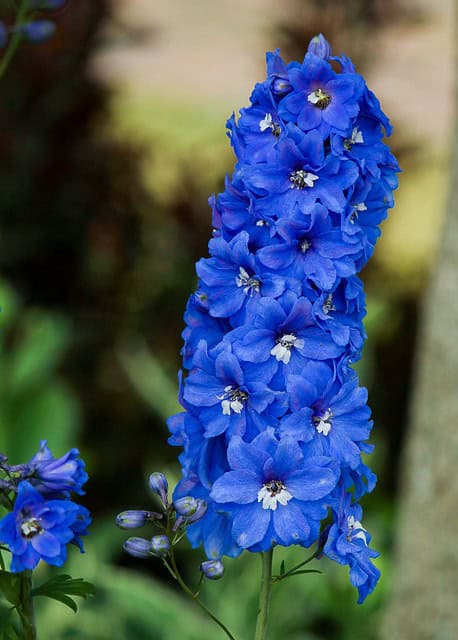
Delphiniums require cool temperatures when planted, making early May ideal. These tall perennials thrive in well-drained soil and should be planted in full sun with good support to prevent them from toppling over. Regular watering during the growing season is critical. Deadheading and fertilizing after the first bloom can encourage a second flowering.
Bulbs To Plant
May brings another planting opportunity: bulbs that can establish roots and bloom beautifully in your garden:
Dahlias

Dahlia tubers should be planted after the last frost in late May. Choose a sunny location with well-drained soil to ensure healthy growth. Space tubers adequately to allow for air circulation, and water them regularly, especially during the initial growth stages. Support taller varieties with stakes as they appear. Deadheading spent flowers encourages continuous blooming throughout the summer.
Gladiolus

Gladiolus corms can be planted in well-drained soil after the last frost. Plant corms 3-4 inches deep and space them approximately 6-8 inches apart. They require full sun for optimal blooming. Water consistently during dry spells and stake taller growing varieties to prevent them from flopping over. Gladiolus adds height and vibrant colors to flower beds and can be cut for beautiful arrangements.
Canna Lily
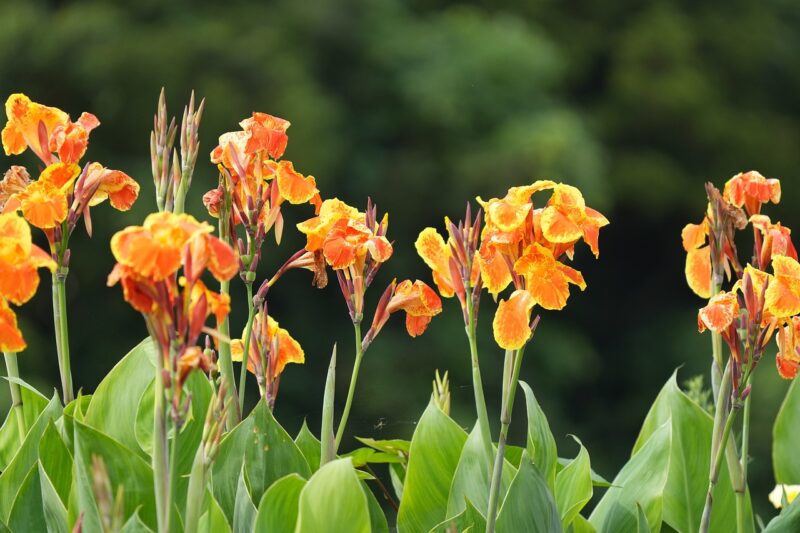
Canna bulbs should be planted after the last frost in late May. They prefer full sun and rich, moist soil. Cannas can thrive in garden beds or containers and require regular watering, especially during hot spells. These eye-catching plants will add a tropical flair to your garden with their striking foliage and colorful blooms.
Calla Lily
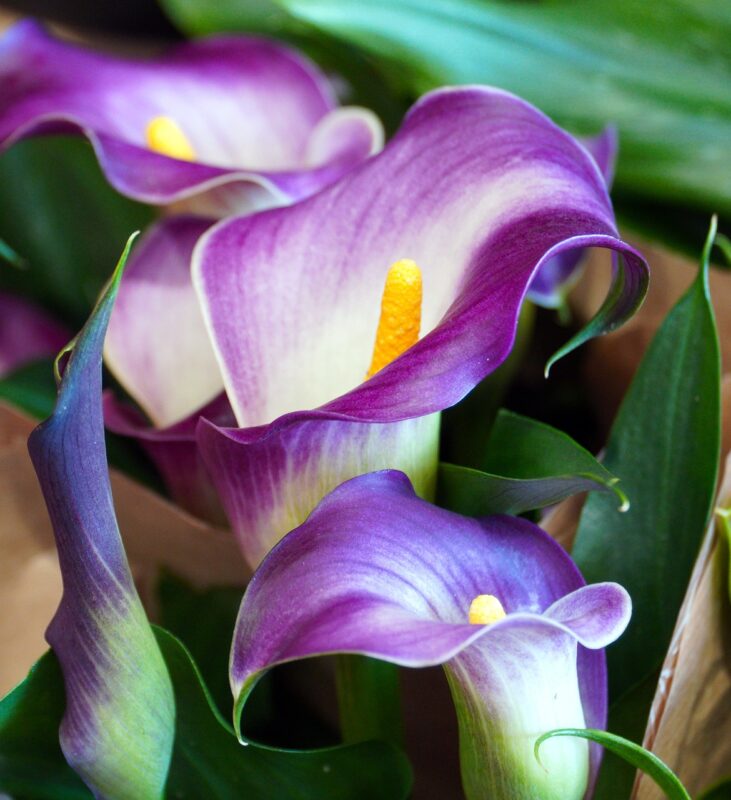
Plant calla lily bulbs in late May in full sun to partial shade. They thrive in rich, well-drained soil and need regular moisture to establish well. Monitor moisture levels during growth, as soggy soil can cause rot. Callas are perfect for adding elegance to beds and borders, bringing rich and unique colors throughout the season.
Lily Bulbs

Plant lily bulbs in May in well-drained soil and full sun for optimal growth. Space bulbs according to variety specifications, and keep them watered, especially during dry spells. Lilies will provide stunning blooms that can last through summer while emitting a delightful fragrance, making them a favorite in many perennial gardens.
Alliums
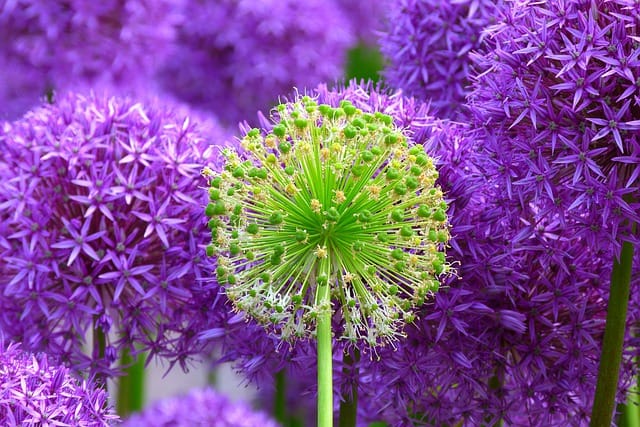
Though typically planted in fall, alliums can still be added to the garden in May as a summer bloomer. They like well-drained soil and prefer full sun. When planting, ensure adequate spacing for proper airflow. Alliums’ unique globe-like flowers add an interesting texture and height to flower beds, and they’re particularly attractive to bees and butterflies.
Irises
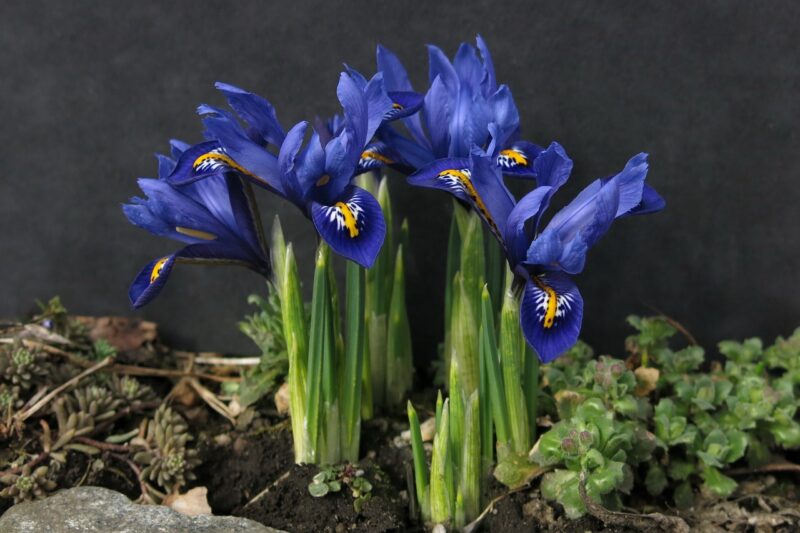
Late May is an ideal time for planting irises. They thrive in well-drained soil and enjoy full sun. Plant rhizomes horizontally and ensure they are just covered with soil. Irises require regular watering but don’t like to sit in water, so maintain moderate moisture levels. By providing proper care, irises will reward you with vibrant blooms every spring.
Freesia
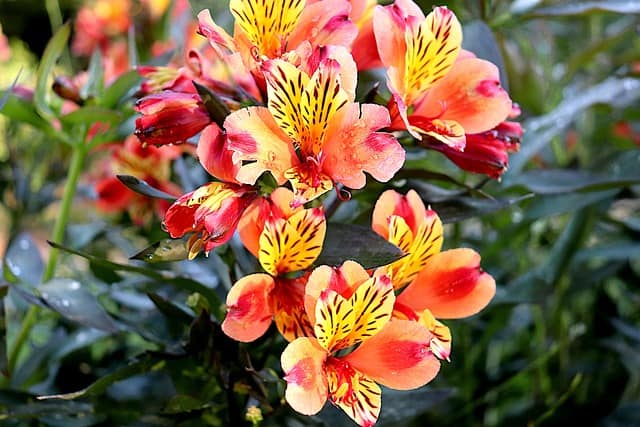
Freesia bulbs can be planted in May; they prefer well-drained soil and full sun for the best blooms. Regular watering is necessary, especially during growth. Freesias are known for their delightful fragrance and vibrant colors that can transform any garden.
Tuberous Begonias
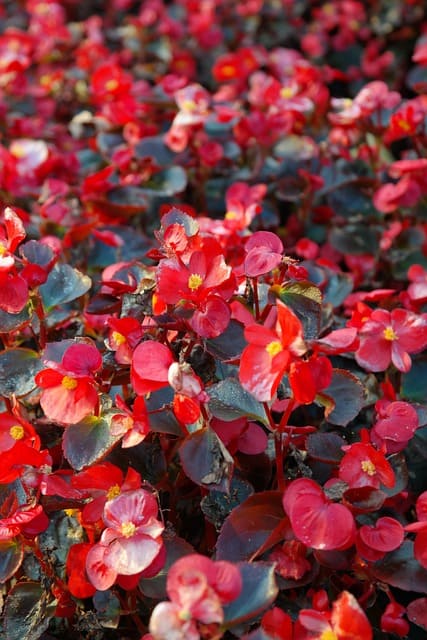
It’s advisable to plant tuberous begonias after the final frost in May. They thrive in well-draining soil and prefer partial shade. Regular watering is important to ensure consistent moisture without over-saturation of the soil. Known for their vibrant blooms and lush foliage, begonias are perfect for containers, adding brightness and texture to shaded areas.
Gloriosa Lily
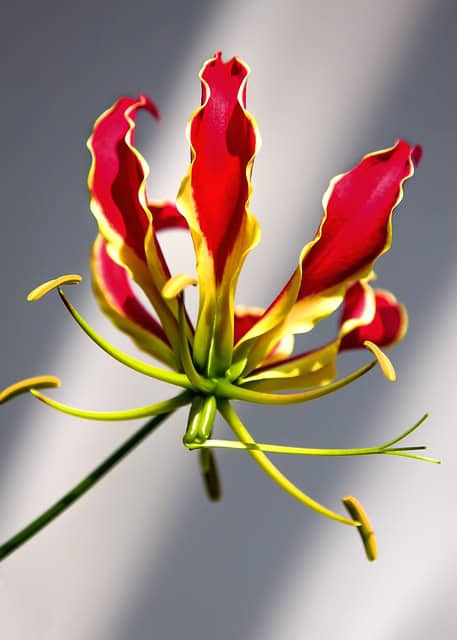
This exotic plant should be planted in late May in warm, well-drained soil. Gloriosa lilies prefer full sun and benefit from adequate support, such as trellising, as they grow. Regular watering will help ensure their growth, and these striking, climber plants can create stunning vertical elements in your garden.
Fruits to Plant
May presents a great opportunity for establishing fruit-bearing plants that will yield delicious treats throughout the growing season:
Strawberries
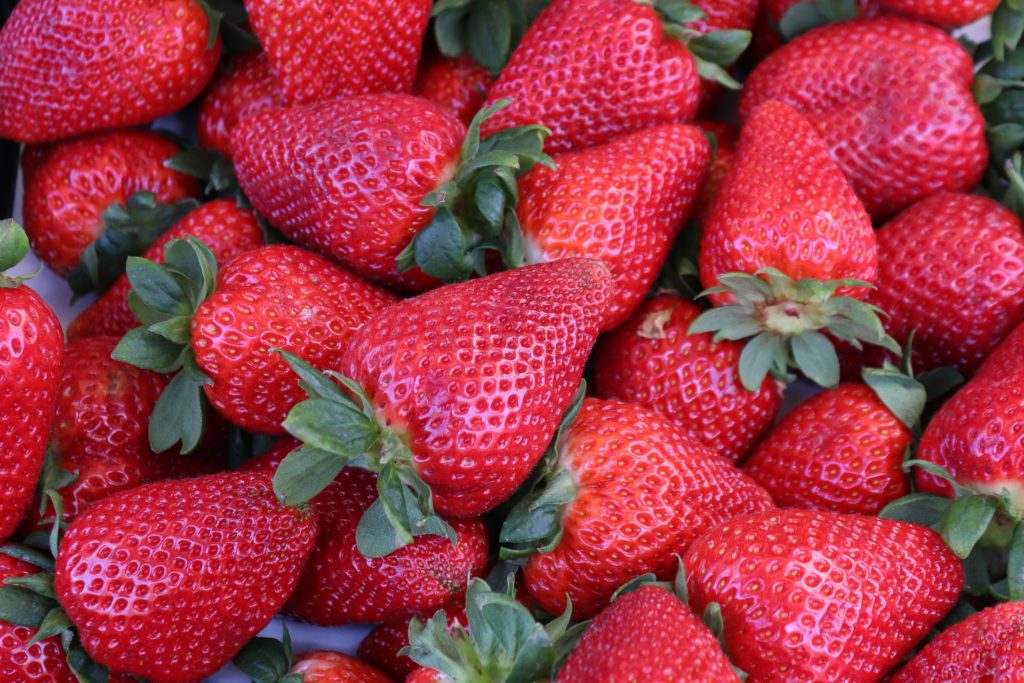
May is an optimal time for planting strawberry plants in Zone 4. Choose ever-bearing varieties for continuous production from June into the summer. Strawberries prefer well-drained soil and full sun, and planting in raised beds can improve drainage. Take care to water consistently to keep the soil moist without being waterlogged. Mulching around plants can help regulate soil temperature and suppress weed growth.
Raspberries
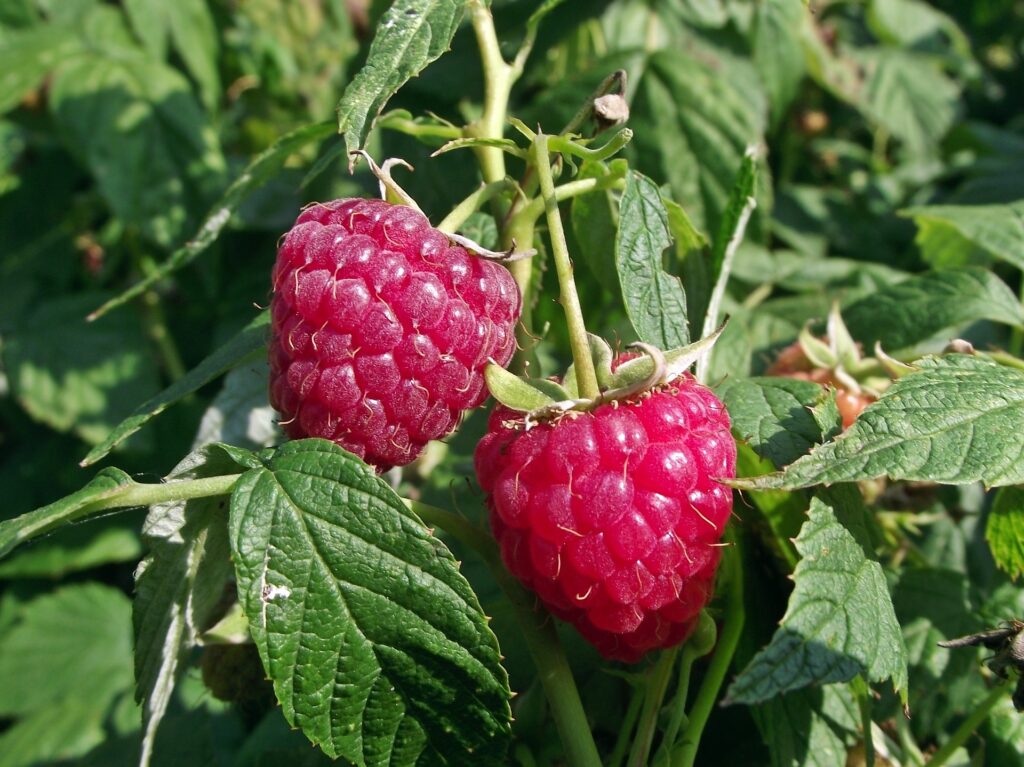
Both red and black raspberries can be planted in May, preferring sunny locations. They are relatively low-maintenance once established and will thrive in well-drained soil. Regular watering encourages healthy fruit development. Prune appropriately each winter to promote air circulation and encourage better yields in the following season.
Blackberries
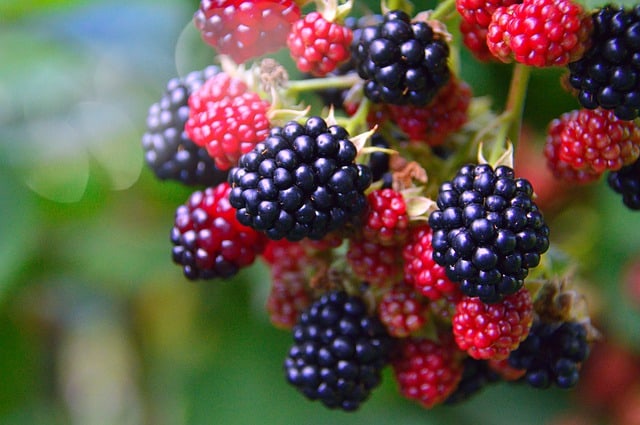
Blackberries can be planted in late May in sunny spots with well-draining soil. Thornless varieties are easier to manage, and regular watering is essential for fruit development. Introducing supports such as trellises is beneficial for climbing varieties. Regular pruning encourages stronger canes and excellent fruit production.
Blueberries
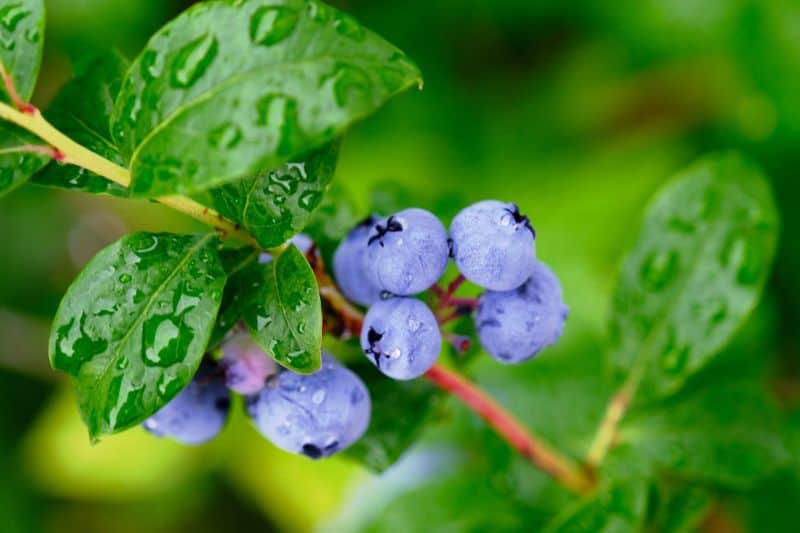
Plant blueberries during May to enjoy optimal fruiting. These acidic-loving plants thrive in soil with a pH of 4.5-5.5 and prefer full sun. Mix amendments like peat moss to help achieve the ideal acidity. Blueberries require consistent moisture to produce fruit, but they also exhibit some drought tolerance. Consider planting multiple varieties to enhance cross-pollination and yield.
Currants
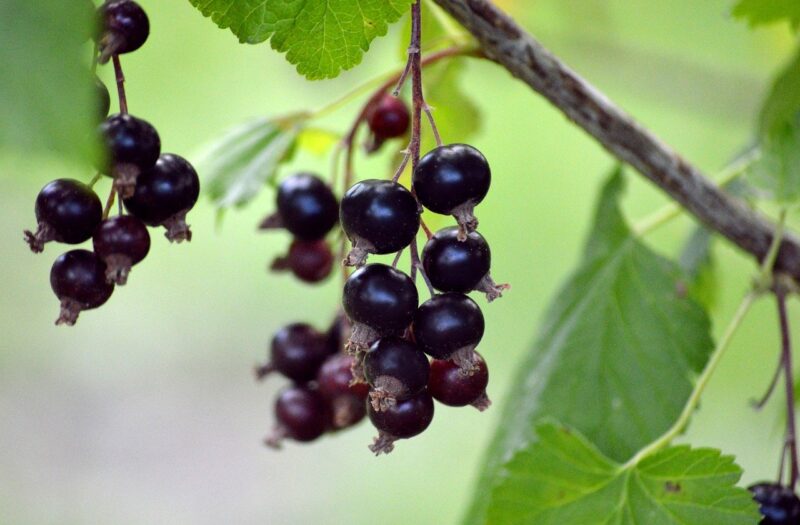
Both red and black currants can be established in May. These adaptable shrubs prefer partial shade but will flourish in full sunlight as well, given the right moisture levels. Regular pruning during dormancy will enhance air circulation and promote fruiting. Currants can be harvested when they reach full color and can be utilized in jams, jellies, and desserts.
Cherry Trees

May is the ideal time to plant dwarf and semi-dwarf cherry trees. Select cold-hardy cultivars that can withstand freezing temperatures. Ensure cherry trees are well-watered until established. For fruit production, consider cross-pollinating varieties for better yields where necessary. Proper pest management and monitoring will help extend fruit production seasons.
Peach Trees
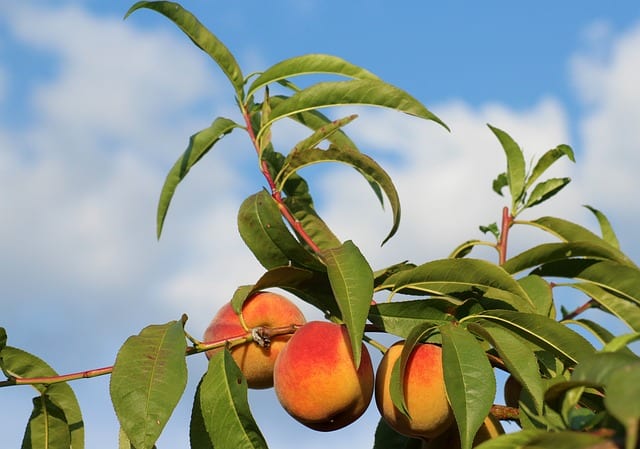
Though they require patience for fruiting, young peach trees can be planted in May. Look for cold-hardy cultivars suitable for your area’s unique climate. Water adequately during establishment, and thin fruits after the initial set in summer to promote better fruit size and quality. Regular pruning enhances airflow and fruit production.
Grapes
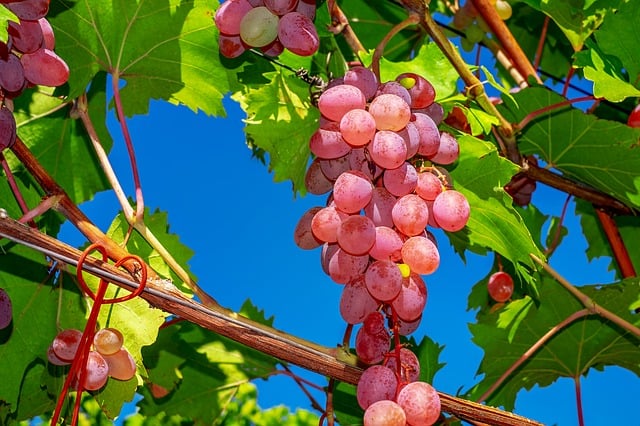
May is prime planting time for grapevines. Choose cold-hardy varieties and plant them in sunny, well-drained locations. Grapevines thrive with support structures like trellises for increased yield and airflow. Regular, deep watering helps establish roots, and yearly pruning ensures healthy growth and abundant fruit production.
Kiwi
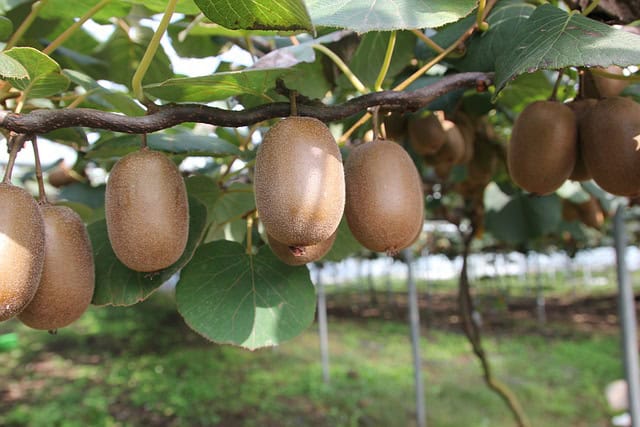
For adventurous gardeners, hardy kiwi varieties can be planted in May. They require sturdy trellises and support while thriving in full sun with well-drained soil. Ensure you have both male and female plants to achieve effective pollination. Regular watering supports vine growth, and musky kiwi fruits can be harvested in late summer.
Fig Trees

Planting fig trees in late May can provide you with a fruitful summer and autumn harvest. Fig trees love warm conditions and benefit from full sun. Ensure adequate watering systems to support young plants. It’s crucial to select cold-hardy varieties to guarantee their survivability through winter.
Herbs To Plant
May is a fantastic time for planting herbs that will enhance your meals and beautify your garden with their aromatic foliage. Here are ten options:
Basil
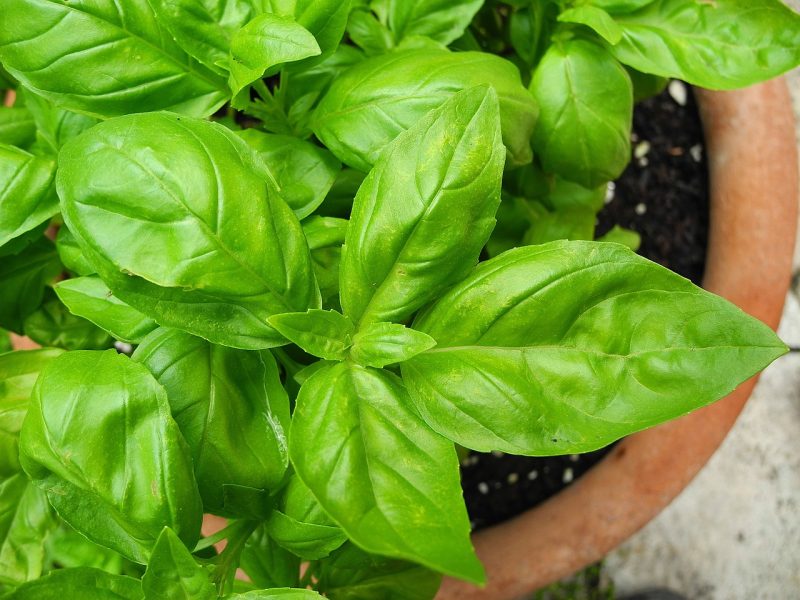
Basil loves warm weather and should be sown outdoors in late May. This fragrant herb thrives in full sun and well-drained soil. For best results, plant basil after overnight temperatures consistently stay above 50°F. Regular pruning and harvesting encourage bushy growth; if you let it flower, the leaves may turn bitter, so keep an eye on flowering spikes.
Cilantro (Coriander)
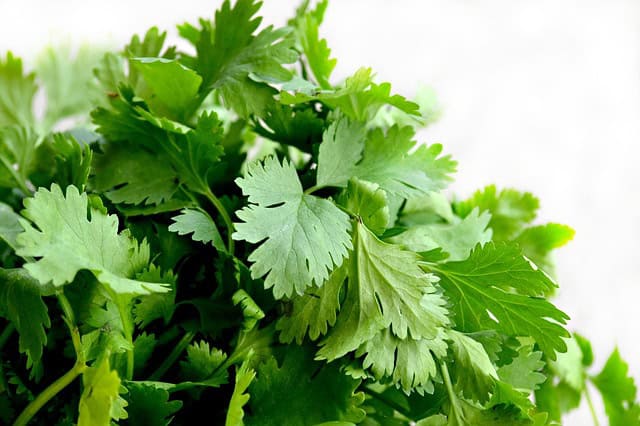
Cilantro can be sown in early May for an early-season harvest. It prefers cooler weather and can bolt quickly as temperatures rise, so successions planting every couple of weeks can extend your harvest. Plant seeds in well-draining soil in full sun or light shade and ensure consistent moisture. Harvest leaves periodically to promote further growth.
Chives
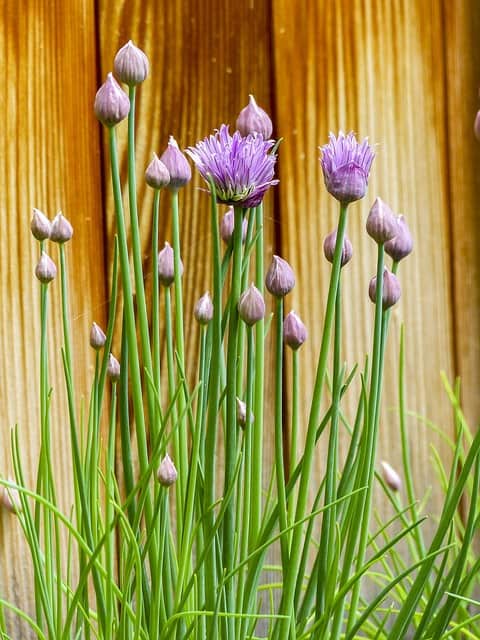
Chives can be planted in May in sunny, well-drained soil. They have a mild onion flavor and thrive if watered regularly. Established clumps can be divided every few years to promote healthy growth and increase your chive supply. Flowers are not just decorative; they’re edible and attract beneficial insects!
Parsley
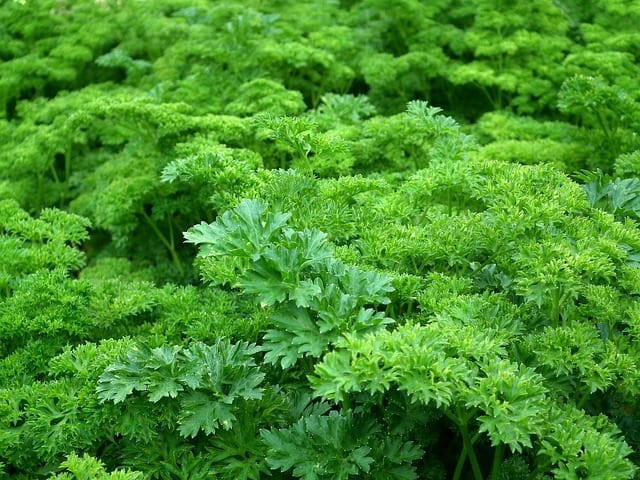
Parsley can be sown in late May in rich, well-draining soil. It thrives in full sun or partial shade, and regular harvesting promotes a bushier growth habit. Choose between flat-leaf and curly leaf varieties based on your cooking preferences. Parsley can be utilized as a garnish and a flavoring herb, making it a versatile addition to your garden.
Thyme
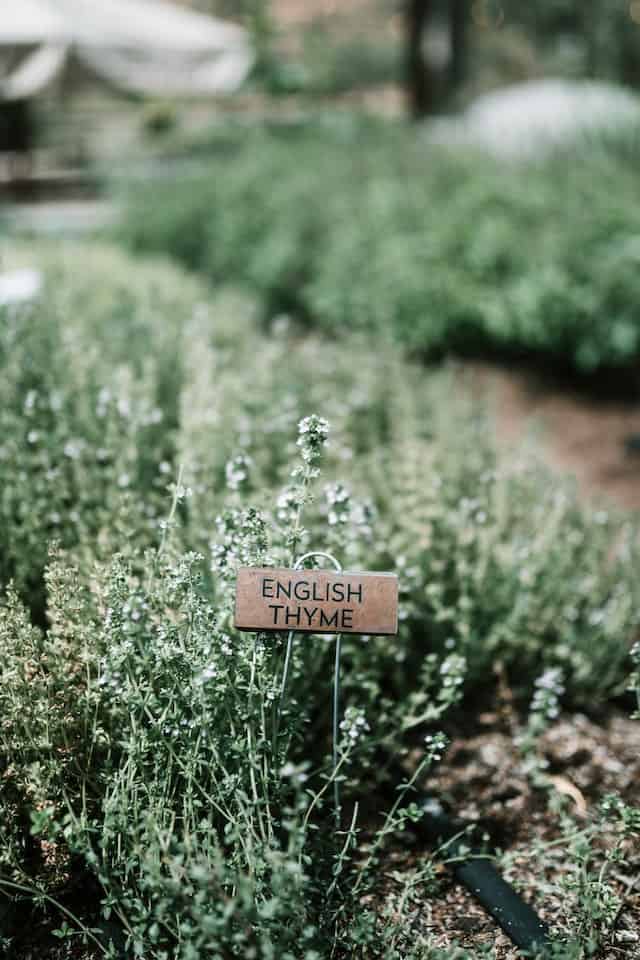
Thyme is a drought-tolerant herb that can be planted in late May, preferring well-drained soil and full sun. It’s perfect for rock gardens, and once established, thyme requires very little water. To promote bushiness, you can pinch back stems before they flower. Harvesting regularly will enhance flavor while encouraging fresh growth.
Oregano
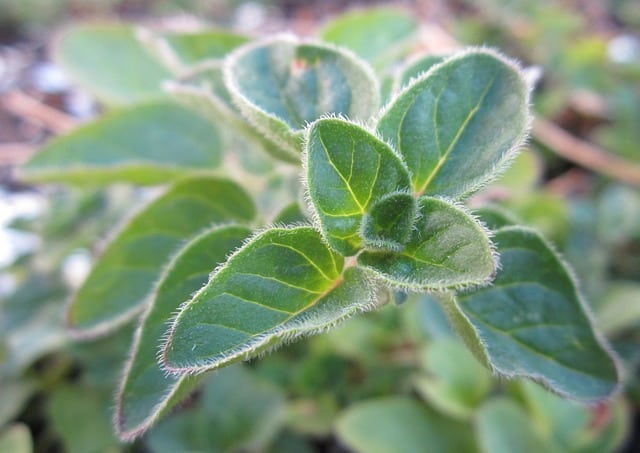
Oregano loves a sunny, well-drained environment, making May an ideal time to plant it. Water moderately after establishing plants, as oregano is drought-tolerant once mature. Harvest sprigs regularly to promote bushiness, and use fresh or dried leaves in a variety of culinary dishes.
Sage
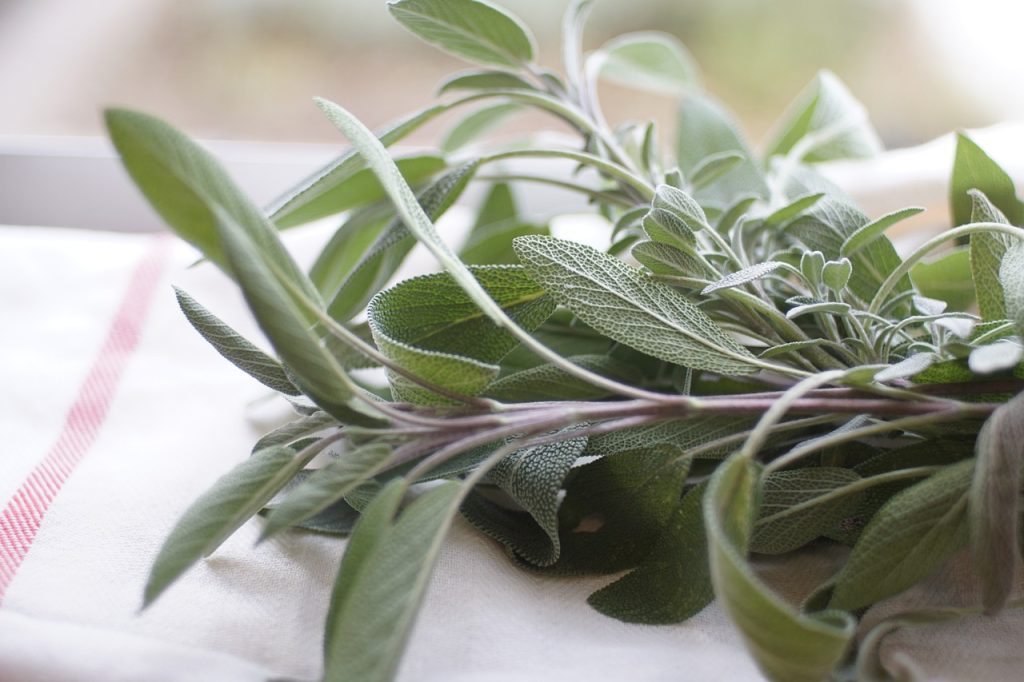
Plant sage in late May for rich, flavorful herb growth. It thrives in full sun and prefers sandy or well-draining soils. Water it moderately, as sage is drought-tolerant once established. Prune regularly to keep it healthy and encourage fresh growth. Its fragrant leaves can add depth to a variety of dishes.
Mint
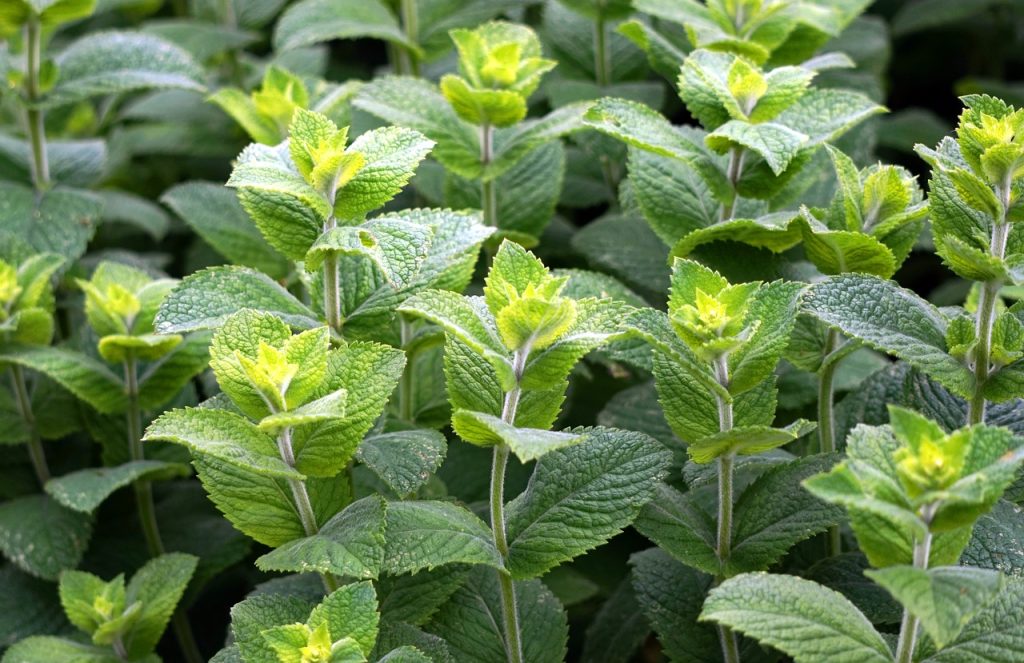
Mint should be planted in May, but it’s best grown in containers to avoid invasiveness. It prefers average to rich soil and partial shade. Monitor moisture levels to keep mint thriving. Regular harvesting promotes growth and keeps the plant from becoming leggy. Use fresh mint in drinks, desserts, and savory dishes.
Fennel
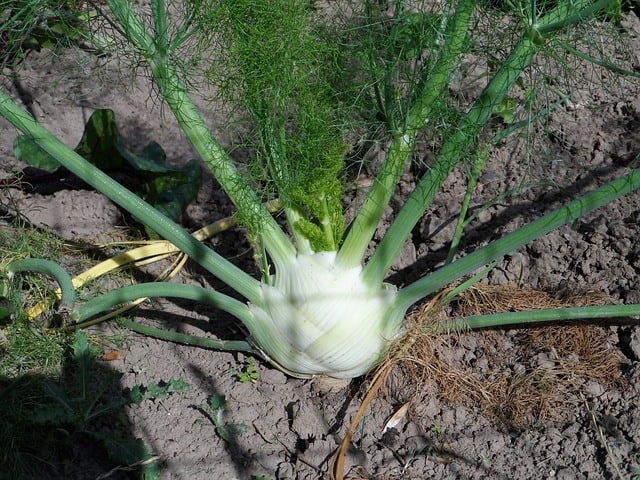
Fennel is best planted in mid to late May, preferring full sun and well-drained soil. Given adequate spacing, it can develop into sizable plants with a unique flavor. Water the plants regularly to retain moisture in the soil. You can harvest the feathery fronds as well as the bulb, making it a versatile addition to your herb garden.
Tarragon
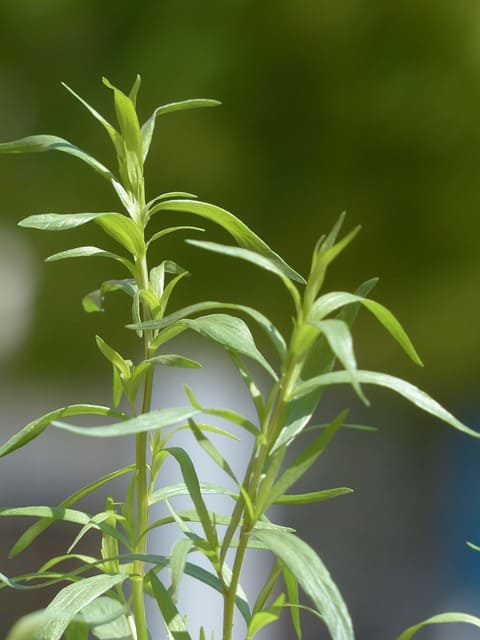
Plant French tarragon in late May to enjoy its rich flavor throughout the growing season. This herb prefers full sun and well-draining soil and flowers best with consistent watering. Once established, divide it every few years to maintain vigor and plenty of fresh growth for culinary use.
Landscape Plants To Plant
Enhancing your landscape with beautiful plants in May can create an inviting atmosphere in your garden. Here are ten landscape plants to consider:
Azaleas
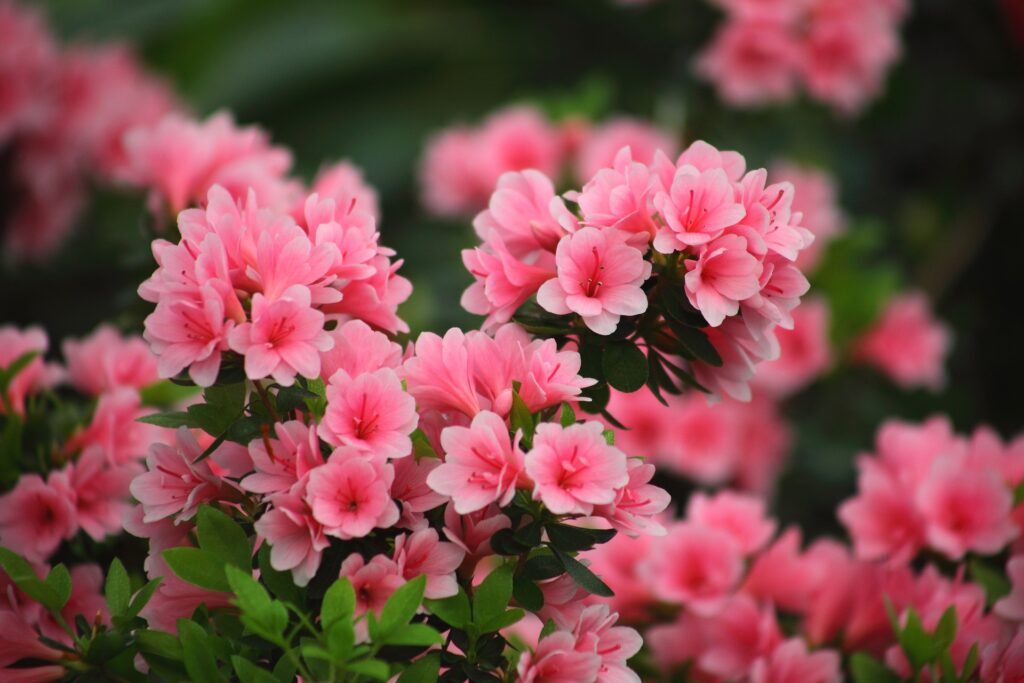
Azaleas can be planted in late May in well-drained, acidic soil. They thrive in dappled shade or partial sunlight, and regular watering is essential—especially during dry spells. Mulching around the base helps retain moisture and suppress weeds. With proper care, azaleas bloom vibrantly in the spring.
Hydrangeas
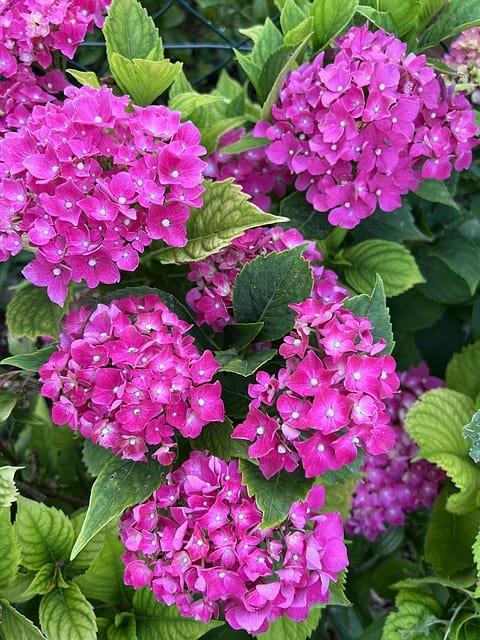
These popular shrubs should be planted in May after the danger of frost has passed. Hydrangeas prefer rich, well-drained soil and partial to full sun, with some varieties favoring morning sun and afternoon shade. Prune them after flowering to encourage healthy growth, and keep them hydrated for optimal blooming in the summer months.
Barberry
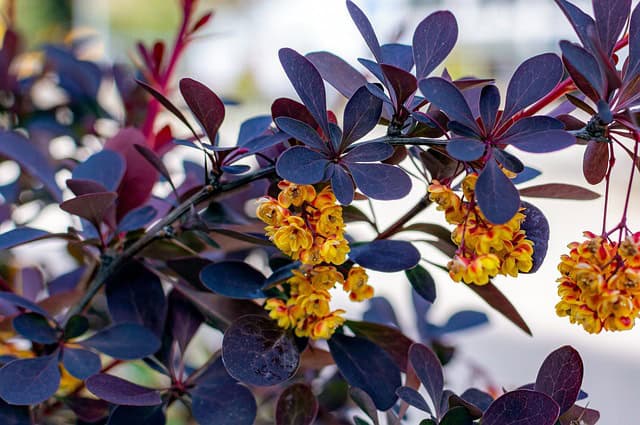
Barberry is a hardy shrub that can be planted in full sun with well-drained soil. Drought-tolerant once established, it requires little maintenance. Consider attracting wildlife by planting multiple barberry bushes together. Their bright foliage and thorns can create natural barriers in garden beds.
Rhododendrons
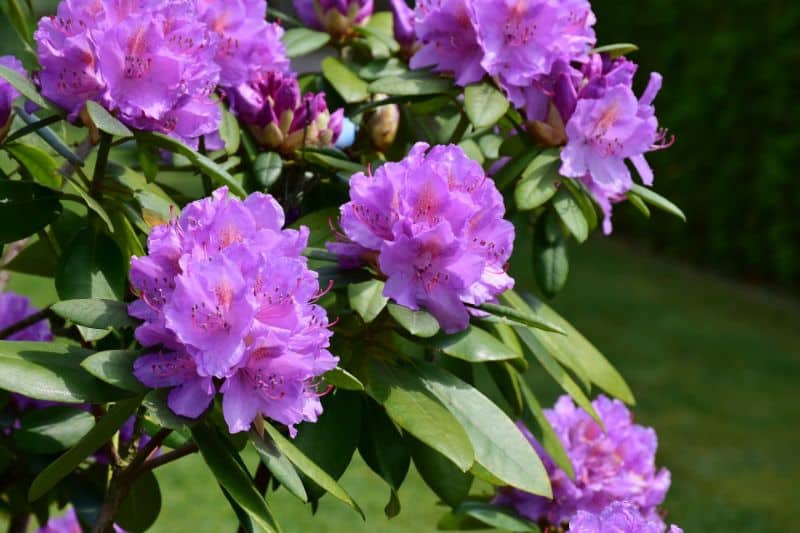
Rhododendrons should be planted in May in well-drained, acidic soil, favoring dappled shade or partial sunlight. Water regularly during establishment. Pruning can improve air circulation and promote new growth, leading to a vibrant bloom next spring.
Forsythia
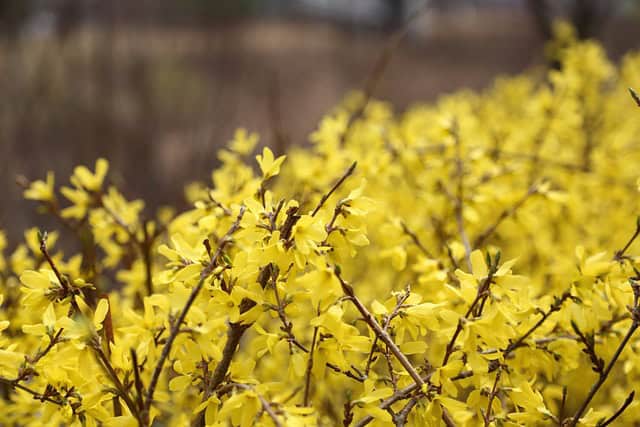
Forsythia blooms brightly in spring and prefers sunny locations. Plant in well-draining soil in May, water regularly, and prune as needed after flowering to encourage next year’s blooms. These hardy shrubs provide a cheerful burst of color in early spring.
Spirea

With its bright green foliage and abundant spring blooms, spirea is an excellent choice for landscaping. Plant in well-drained soil in full sun or partial shade. Spirea is low-maintenance and attracts various pollinators. Regular pruning can enhance shape and flower production.
Mock Orange
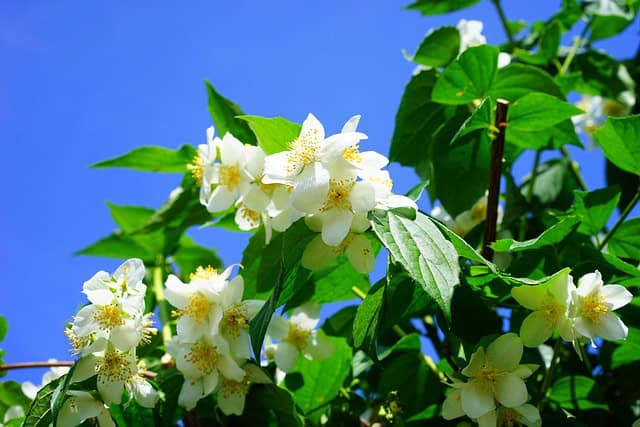
Mock orange is a shrub that produces fragrant, white flowers in late spring. Plant in areas with full sun to part shade in well-draining soil. Keep the soil moist during establishment and prune lightly after blooming to encourage further growth and flower formation.
Elderberry
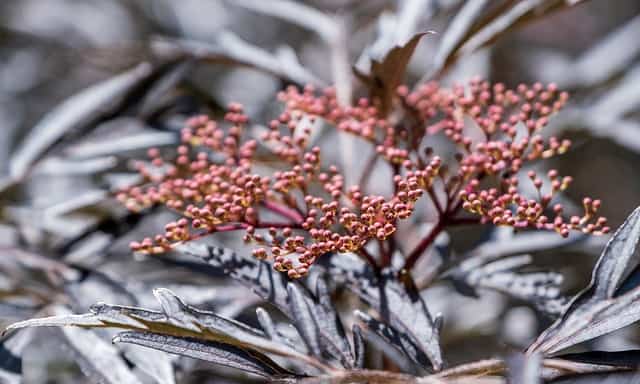
Plant elderberry in sunny spots in May for a stunning shrub that provides berries and fragrant blooms. It thrives in moist, rich soil but is tolerant of various soil types once established. Regular pruning will help control size and encourage an abundant fruiting season.
Weigela
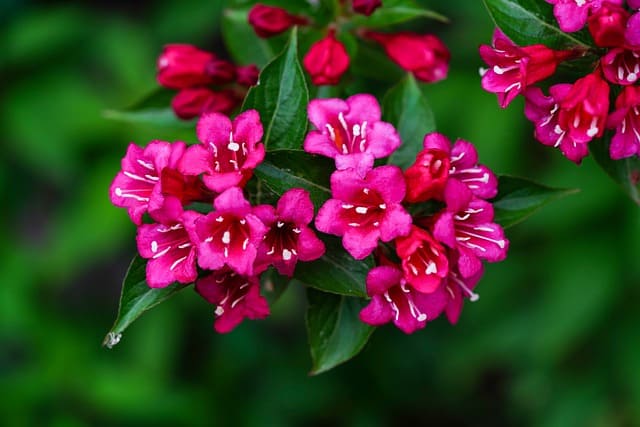
Weigela is another flowering shrub that thrives in full sun to partial shade. It should be planted in well-drained soil in May, and regular watering during establishment is essential. With their beautiful blooms that attract hummingbirds, they can be used to create focal points in garden beds.
Lilac
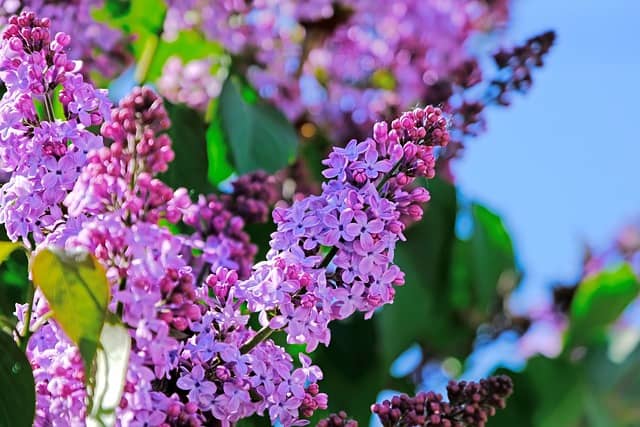
Lilacs are iconic spring-flowering shrubs that provide deliciously fragrant blooms. Late May is a fantastic time for planting or transplanting lilacs, which prefer well-drained soil and full sun. Prune after flowering to maintain shape and improve ventilation, and enjoy their captivating fragrance every spring.





